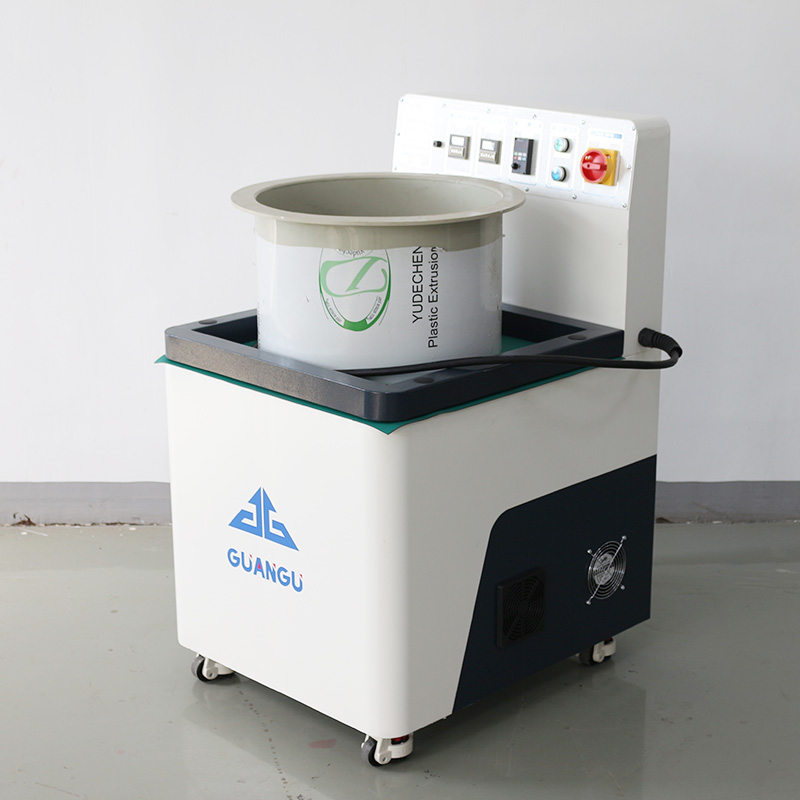Polishing is a common Metalworking process used to improve the surface finish and accuracy of parts. Polishing of small parts is relatively complicated because of their small size and difficult to operate. However, by mastering some tips and techniques, we can easily accomplish polishing of small parts. This article will introduce some of the basic knowledge and skills of small parts polishing.

1. Polishing paste: polishing paste is an indispensable material in the polishing process, which consists of abrasives and lubricants. Abrasives can be carbonates, oxides, etc., used to remove dirt and oxides on the surface of the parts. Lubricants can be vegetable oils, mineral oils, etc., which are used to reduce friction and wear during the polishing process. Choosing the right polishing paste is essential to improve the polishing effect.
2. Polishing Cloth: A polishing cloth is a tool used to apply the polishing paste evenly to the surface of the part. It is usually made of fine, soft cotton or flannel with good adsorption and abrasion resistance. Polishing cloth should be kept clean and soft to avoid leaving scratches in the polishing process.
1. dry polishing: dry polishing refers to the absence of any moisture, the direct use of polishing paste and polishing cloth on the parts to be polished. This method is suitable for parts with a hard surface, because it can avoid the corrosion of the surface of the parts of moisture. When dry polishing, the polishing paste is first evenly applied to the polishing cloth, and then the parts are placed on the polishing cloth and rubbed vigorously to make the surface smooth.
2. Wet polishing: Wet polishing refers to the addition of water to the polishing process, so that the polishing paste into a paste, so as to improve the polishing effect. Wet polishing is suitable for parts with soft surfaces, because it can reduce wear and tear during the polishing process. Wet casting, first put the parts into the water soak for a period of time, so that its surface wet, and then apply the polishing paste, polishing cloth for polishing.
1. evenly coated: in the polishing process, to ensure that the polishing paste evenly coated on the surface of the parts, to avoid the phenomenon of uneven polishing. Can be applied in a circular motion or linear reciprocating motion.
2. Moderate force: moderate force should be used when polishing to avoid excessive wear on the parts. At the same time, gradually increase the force, so that the polishing paste better fit the surface of the parts.
3. Multiple Polishing: Polishing of small parts is usually done several times, and the surface finish should be checked after each polishing to ensure that the desired result is achieved. The number of polishing depends on the material of the part, surface condition and other factors.
4. Cleaning and Maintenance: After polishing, the surface of the part should be cleaned to avoid residue of polishing paste. At the same time, regular cleaning and maintenance of polishing tools to ensure its service life.
In short, the polishing of small parts requires patience and meticulous operation. By mastering the polishing materials, methods and techniques, we can improve the surface finish and precision of small parts, so that they meet the requirements of use. In actual operation, we also need to flexibly adjust the polishing process according to the specific conditions of the parts, and constantly accumulate experience to improve polishing skills.